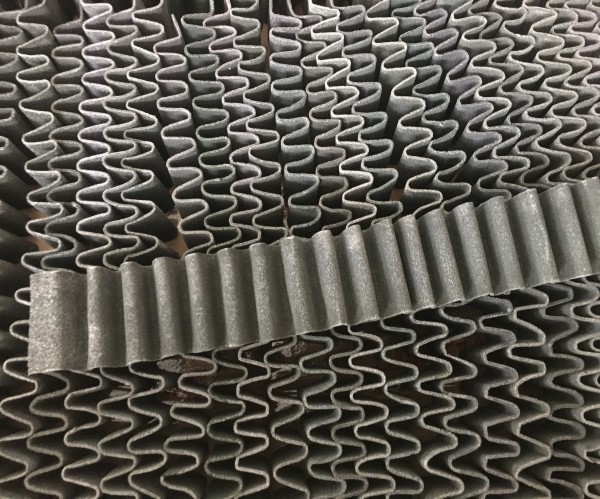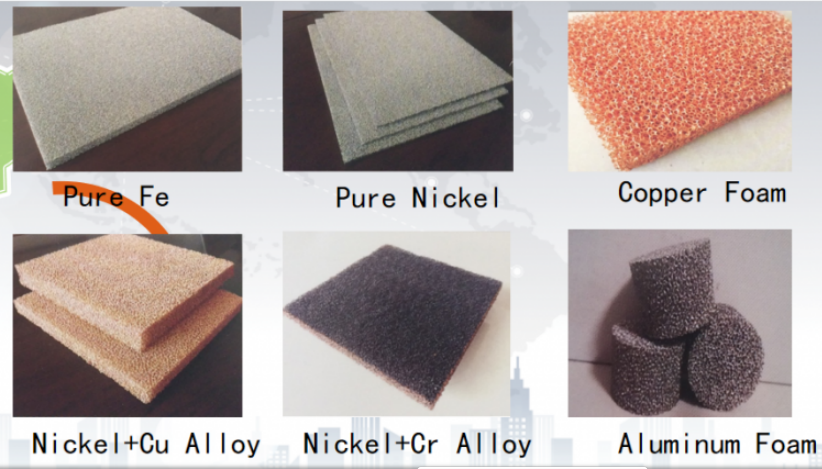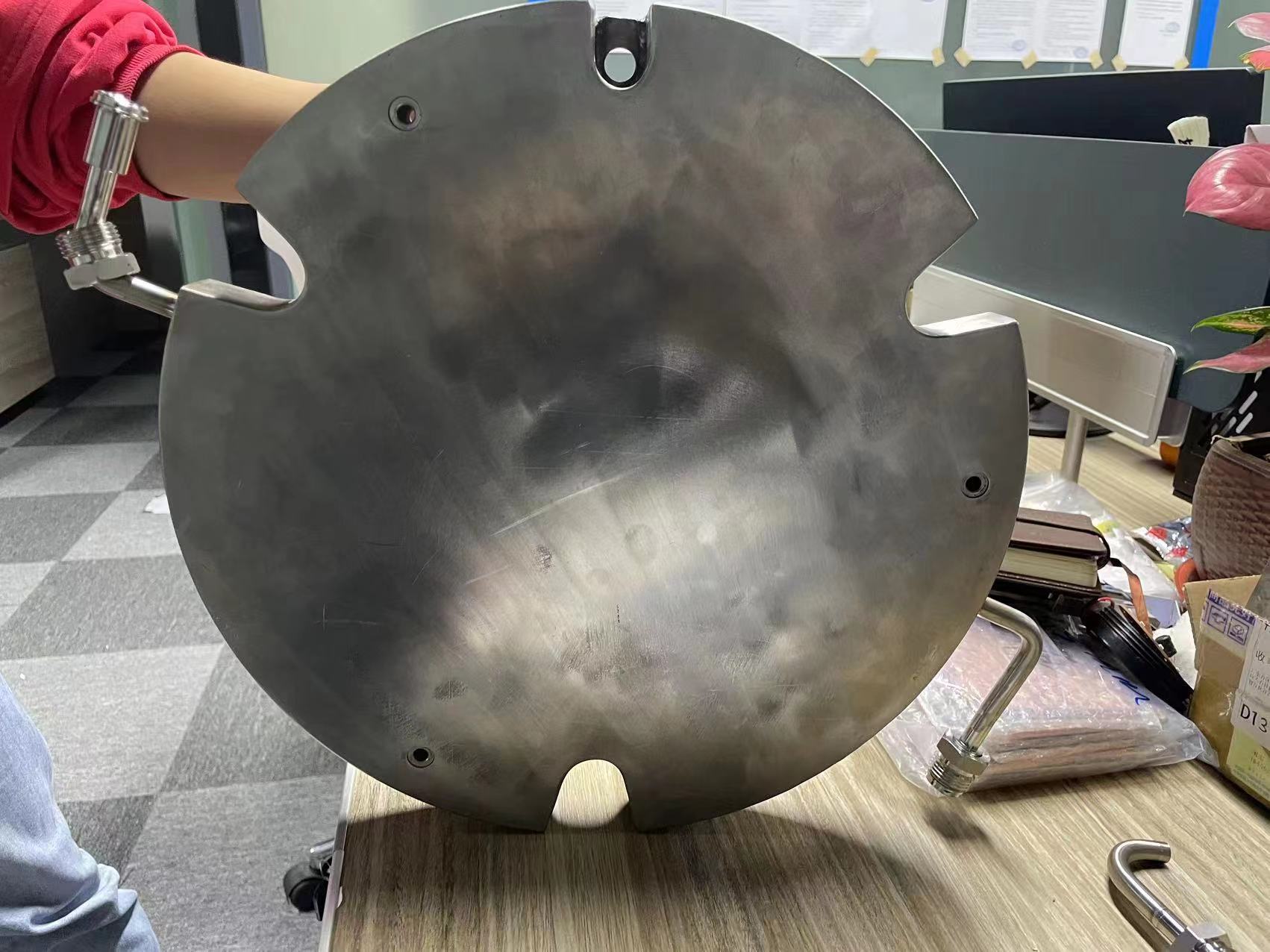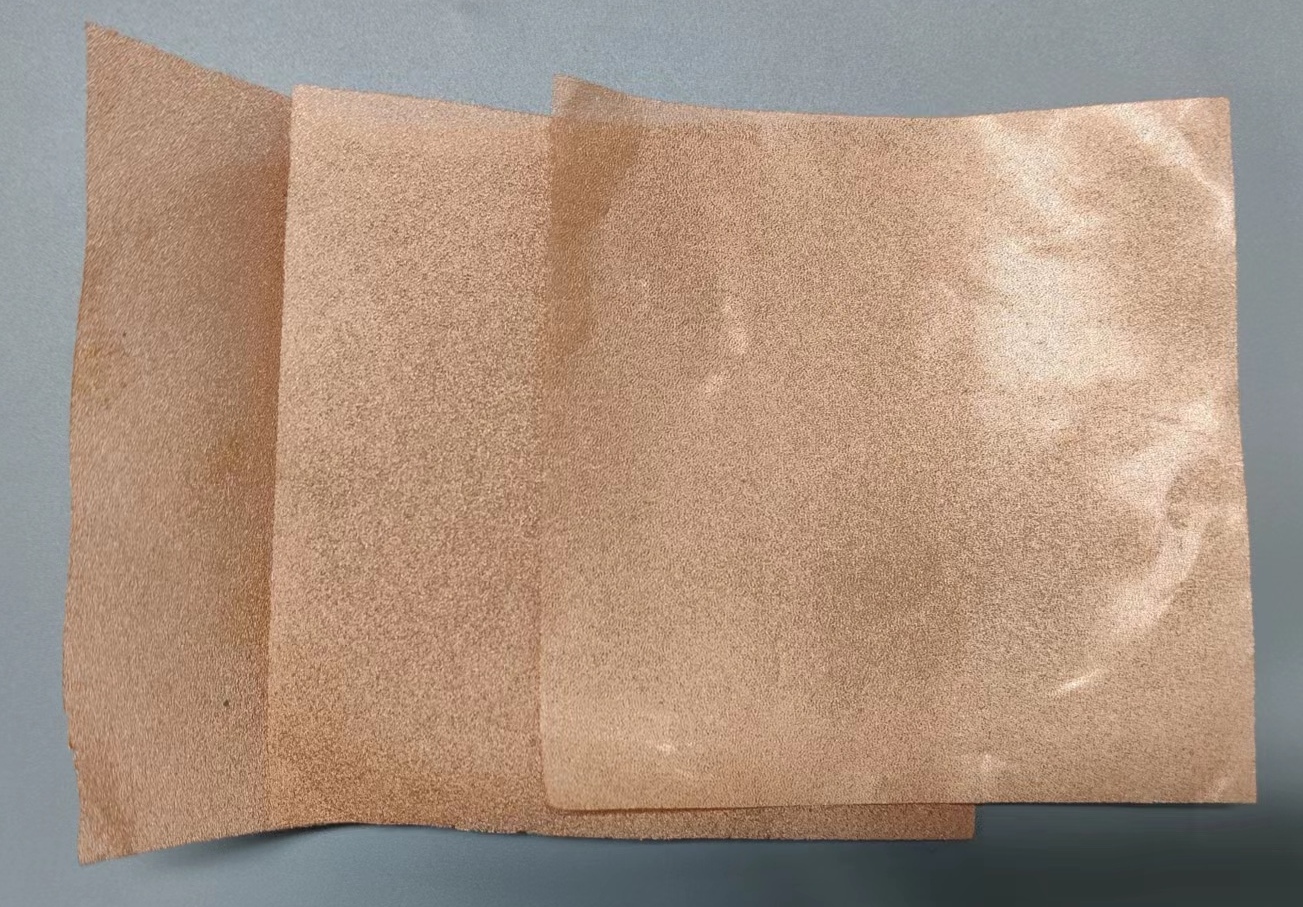1.6 MM high temperature air purification and sterilization tablet
2022-08-09

With the development of society and the advancement of science and technology, people's living standards have been continuously improved. Community gardens and high-rise buildings have sprung up, and the luxurious decoration is colorful and diverse. However, behind the luxurious decoration, there are unexpected hazards. The continuous release and volatilization of harmful gases in decoration materials, which accumulate in every corner of the room for a long time, may endanger our health at any time and bring immeasurable health risks. Due to the relatively closed indoor space and less air circulation, it is easy to breed viruses and bacteria. There are many types of air purification technologies on the market, such as activated carbon adsorption filtration, negative ion purification, ozone oxidation, photocatalyst material cleaning and other technical products. Improving indoor air quality has played a certain role, but the above technologies also have many shortcomings. Activated carbon adsorption and filtration is only a physical transfer, which will cause secondary pollution. Negative ion purification is currently a conceptual hype, in the true sense. The purification is an unknown, and ozone oxidation is obviously a very environmentally friendly way.
The ozone concentration produced by general household ozone machines is less than 0.15ppm. It does not cause damage to the human body. Generally, it is recommended to use an ozone machine in an unmanned place. However, the oxidation of furniture and household appliances is inevitable when using ozone for a long time. The application of photocatalyst materials can solve the above three technologies and shortcomings, but photocatalyst materials The biggest technical difficulty lies in sustainability. The production of photocatalyst materials is very rigorous. The photocatalyst materials used in the market generally fail to achieve the effect of publicity and have to be replaced.
In the current field of air purification, our company has launched LCA series photocatalytic oxidation air purification equipment through a large number of tests, researches and practical applications by using its own core technology of photocatalytic oxidation in view of the deficiencies in the application of existing technologies. It has the characteristics of high sterilization and purification efficiency, low operating cost, long service life and no secondary pollution.
Scope of application of LCA series disinfection and sterilization equipment: This equipment is mainly suitable for air purification and sterilization in the fields of factory workshops, hospitals, toilets, public places, central air-conditioning systems, home decoration and odor removal, etc. It is a high-tech environmental protection with completely independent intellectual property rights. Patented product: (patent number: ZL 2009 2 0171772.6)
1. Technical principle:
1. Photocatalytic oxidation is catalyzed under the action of external visible light. The photocatalytic oxidation reaction uses semiconductors and air as catalysts and light as energy to degrade organic matter into CO₂O, kill viruses and bacteria, and remove odors. The company uses artificial ultraviolet light waves as energy sources, and cooperates with nano-TiO2 catalytic nets with the strongest activity and highest reaction efficiency after special treatment by our company as catalysts, which can achieve relatively ideal purification effects in air purification and disinfection and sterilization, and completely improve air quality. and freshness.
When the catalytic net absorbs light energy, it generates electron jumps and hole jumps. The electron and hole jumps are strongly combined to generate electron-hole pairs, which generally react with H2O adsorbed on the surface to generate oxidatively active hydroxyl radicals (OH). -) and superoxide ion radicals (O₂ and CO₂ and CO₂ semiconductor photocatalysis have the characteristics of strong oxidization, and are effective for some organic substances that are difficult to oxidize by odor, such as chloroform, carbon tetrachloride, and hexachlorobenzene. It is oxidized and decomposed, and finally reduced to H2O, so it is of special significance for organic substances that are difficult to degrade. The effective oxidant for photocatalysis is hydroxyl radical (OH-), and the oxidizing property of (OH-) is higher than that of common ozone and hydrogen peroxide. , potassium permanganate, hypochlorous acid, etc.
(5) It has a broad spectrum:
Photocatalytic oxidation is effective for many kinds of organic compounds from hydrocarbons to carboxylic acids, even for atomic organic physics such as halogenated hydrocarbons, dyes, ammonia-containing organic compounds, and organophosphorus pesticides, as long as a certain reaction time is achieved. It can be completely oxidized in proportion to the reaction environment. It can be said that the oxidation object of hydroxyl radicals has almost no selectivity and can react with any existing substances.
(6) Long service life:
Theoretically speaking, since the catalyst does not directly participate in the redox in the photocatalytic oxidation reaction, there is no loss and the service life is infinite, and there is no need to replace it.
Latest Cases

Metal foam
Metal foam is a new porous metal material with a certain number and size of pores a……

Copper foam battery electrodes, filtration, heat dissipation
Mina Feature: Size: L500 * W1000 * H(1-25)mm Aperture: 0.1 mm-10mm(5-130p……

Nickel Foam Electronic Special Gas Filter Radiator
Description: Electronic specialty gas is the cornerstone of modern industry, known as the «blo……

Porous 0.1-0.3mm Ultra Thin Copper oil
1. Ultra-low oxygen content, no pores and trachoma2. Excellent flatness, no surf……
0755-25192509
Contact:Tina
Phone:13925203708
Email:tina@winflytech.com
Address:2nd Floor, Meisheng Zhigu (Autumn Valley), Shiyan, Baoan District, Shenzhen, Guangdong
